There are conductive filament for 3D printers which seem to have between 30 and 115 ohm/centimeter resistance depending on the axis. (Proto-Pasta conductive PLA)
They can be 3D printed as a capacitor of 2 cubicly-interlacing-but-not-touching matrices as follows, with one negative and one positive:
Does it have useful properties? I figure probably it could already be done, but here maybe it can be done at home simply and relatively cheaply, and so I wonder what that does, if someone can figure it out. I don't have yet the equipment to try. With a cheap printer I can't imagine doing more than 2x20x20x20 cubes, inside 20 * 20 * 20cm, with 1cm per side. I know that's surely not much compared to normal caps rolled onto themselves. I tried it with normal filament. The bridging is tricky, but it can be done, so I wonder about the theory.
Sorry, I only have a cheap smartphone, and cheap printer.
An interesting thing about 3D printers is that it can create shapes of things nested one into the other. But I don't understand capacitors and so it's possible the effect cancels out and that it's of no use as it is, or that the standard plate-against-plate is better.
Anyway, I'll be trying it eventually, or at the least, a standard configuration.


